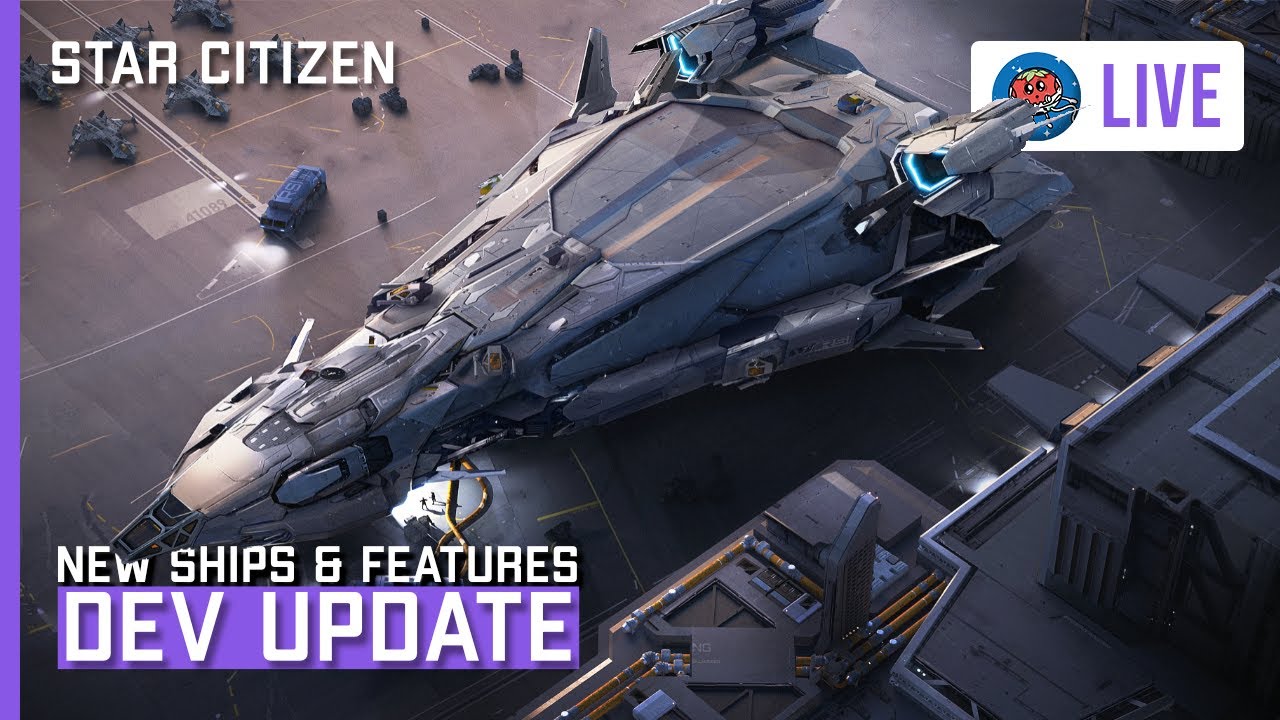The July development update for Star Citizen focused on several facets of improvement, from enhancing AI Technology and character skills, to refining ship designs and environments. Notable developments include work on the RSI Polaris, game enhancements for improved navigation and atmospherics, additions to the Pyro location, the implementation of skill progression and a new sliding mechanic in player traversal, and continuous work on creature scanning aspects.
The July development update for Star Citizen discussed various developments in AI Technology, ship designs, Character Skills, and other features. The AI Tech team worked on some key areas including NPC transition between EVA and environments with gravity, navigation links, and implementing simple behaviors and assignments for entering and exiting ships. They also updated NPCs to avoid navigation mesh edges, ensuring they always remain inside navigable areas. AI Tech were also making strides in creating interactive behaviors within the game such as Boyd’s agents playing animations while moving or idle.
The narrative team mentioned their focus on mission content and local mission providers for Pyro, a major location in the game. They are examining how the overall mission system will change when new systems are added. The team is also working on improving aspects such as atmosphere and volumetric cloud rendering to enhance the visual experience for the players. There were also updates made for the new internal map system which will help players navigate through the game’s complex cities, planets, and capital ships.
Work on the RSI Polaris began its white box stage, which was subjected to a detailed breakdown of the content required. The initial stages involved importing the concept mesh and completing a basic entity setup. Progress was also made on the interiors and exteriors of several Pyro locations which were distinctive from many other Stanton-based locations, providing both a challenge and a refreshing change for the VFX artists.
On the character side, the development team refined outfits for various game gangs, like the Headhunters and Dusters. They also implemented skill progression, which involved players performing specific in-game actions to improve their abilities in a similar manner. Building up strength would allow players to carry heavier objects while practicing takedowns would unlock access to quicker and quieter action sets.
Finally, the development team improved player traversal, by adding a sliding mechanic where a player would perform a slide before entering a Crouch stance if they tried to crouch while sprinting. They also worked on the creature scanning aspect of the game, which allowed players to gather information on a creature by scanning it. Information collected included the creature’s name, diet, behaviour, and threat level. The improvements made aimed to provide more stable results at a lower cost and offer an improved visualization of sub-allocations.
